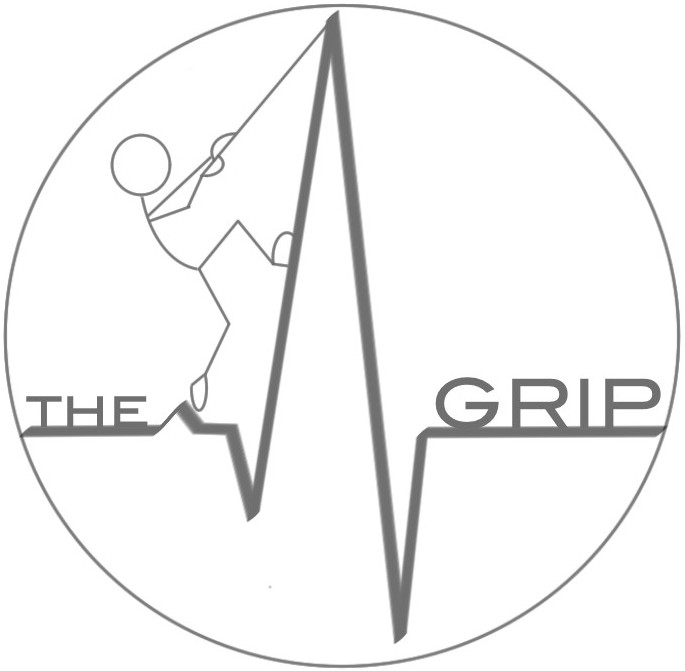Lung Ultrasound for Critically Ill Patients
Mojoli F, Bouhemad B, Mongodi S, Lichtenstein D.
Am J Respir Crit Care Med. 2018 Oct 29. doi: 10.1164/rccm.201802-0236CI.
Abstract
Point-of-care ultrasound is increasingly used at the bedside to integrate the clinical assessment of the critically ill; in particular, lungultrasound greatly developed in the last decade. This review describes basic lung ultrasound signs and focuses on their applications in critical care. Lung semiotic is made both of artifacts (derived by air/tissue interface) and real images (i.e. effusions and consolidations), both providing significant information to identify the main acute respiratory disorders. Lung ultrasound signs, either alone or combined to other point-of-care ultrasound techniques, are helpful in the diagnostic approach to patients with acute respiratory failure, circulatory shock or cardiac arrest. Moreover, a semi-quantification of lung aeration can be performed at the bedside and used in mechanically ventilated patients to guide PEEP setting, to assess the efficacy of treatments, to monitor the evolution of the respiratory disorder, and to help the weaning process. Finally, lung ultrasound can be used for early detection and management of respiratory complications under mechanical ventilation, such as pneumothorax, ventilator-associated pneumonia, atelectasis and pleural effusions. In conclusion, lung ultrasound is a useful diagnostic and monitoring tool that might become in the next future part of the basic knowledge of physicians taking care of the critically ill patient.
From Pubmed
